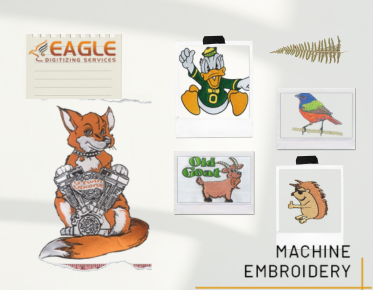How to Convert to a Vector: A Comprehensive Guide
html
In the digital age, the ability to convert images into vector format is a crucial skill for designers, artists, and businesses alike. Vector images are scalable, ensuring that they maintain quality at any size, which is essential for everything from logo design to large-scale prints. In this guide, we will explore the steps and techniques involved in converting images to vector format, providing you with the knowledge to enhance your digital creations. For more detailed insights, you can explore resources like vector image conversion services.
Understanding Vector Images
Before diving into the conversion process, it's important to understand what vector images are. Unlike raster images, which are made up of pixels, vector images are composed of paths defined by mathematical equations. This means they can be scaled infinitely without losing quality, making them ideal for various applications, including graphic design, branding, and more.
Why Convert to Vector?
There are several reasons why converting an image to a vector format is beneficial:
- Scalability: Vector images can be resized without losing quality, making them perfect for both small icons and large banners.
- Editability: Vectors are easier to edit, allowing designers to modify shapes, colors, and other elements with precision.
- File Size: Vector files are generally smaller than raster files, which is advantageous for storage and sharing.
Steps to Convert Images to Vector
1. Choose the Right Software
The first step in converting an image to a vector is selecting the appropriate software. Popular options include Adobe Illustrator, CorelDRAW, and Inkscape. Each of these programs offers tools specifically designed for vectorization.
2. Import the Image
Once you've chosen your software, import the image you wish to convert. This is typically done by opening the image file within the program. Ensure that the image is of high quality to achieve the best results.
3. Use the Trace Tool
Most vector software includes a trace tool that automatically converts raster images to vector paths. This tool analyzes the image and creates paths based on the colors and shapes it detects. Adjust the settings to refine the trace, focusing on the level of detail and color accuracy.
4. Refine the Vector Paths
After tracing, you'll need to refine the vector paths. This involves editing the paths to ensure they accurately represent the original image. Use the software's editing tools to adjust anchor points, curves, and lines.
5. Save the Vector File
Once you're satisfied with the vectorization, save the file in a vector format such as SVG, AI, or EPS. These formats are widely supported and maintain the scalability of the vector image.
Advanced Vectorization Techniques
For more complex images, advanced techniques may be required. These include:
Manual Tracing
In some cases, automatic tracing may not produce the desired results. Manual tracing involves using the pen tool to draw paths over the image, offering greater control over the final vector.
Layering and Grouping
Organizing vector paths into layers and groups can simplify the editing process. This technique is particularly useful for intricate designs with multiple elements.
Applications of Vector Images
Vector images are used in a variety of fields, including:
- Graphic Design: Logos, icons, and illustrations.
- Printing: Large-format prints, signage, and apparel.
- Web Design: Scalable graphics for responsive websites.
Challenges in Vector Conversion
While vectorization offers many benefits, it also presents challenges. These include:
Complexity of the Original Image
Highly detailed images can be difficult to convert accurately. Simplifying the image before vectorization can help achieve better results.
Color Limitations
Vector images are best suited for designs with solid colors. Gradients and complex color patterns may require additional adjustments.
Future Trends in Vectorization
As technology advances, vectorization techniques continue to evolve. AI-powered tools are becoming more prevalent, offering automated solutions that enhance accuracy and efficiency. These innovations are set to revolutionize the way we approach vector conversion, making it more accessible to a wider audience.
For those seeking professional assistance, Eagle Digitizing excels in delivering professional vector art services, transforming creative visions into scalable designs. Whether you're a designer looking to enhance your skills or a business in need of high-quality vector graphics, understanding the vectorization process is essential for success in the digital world.
.png)

